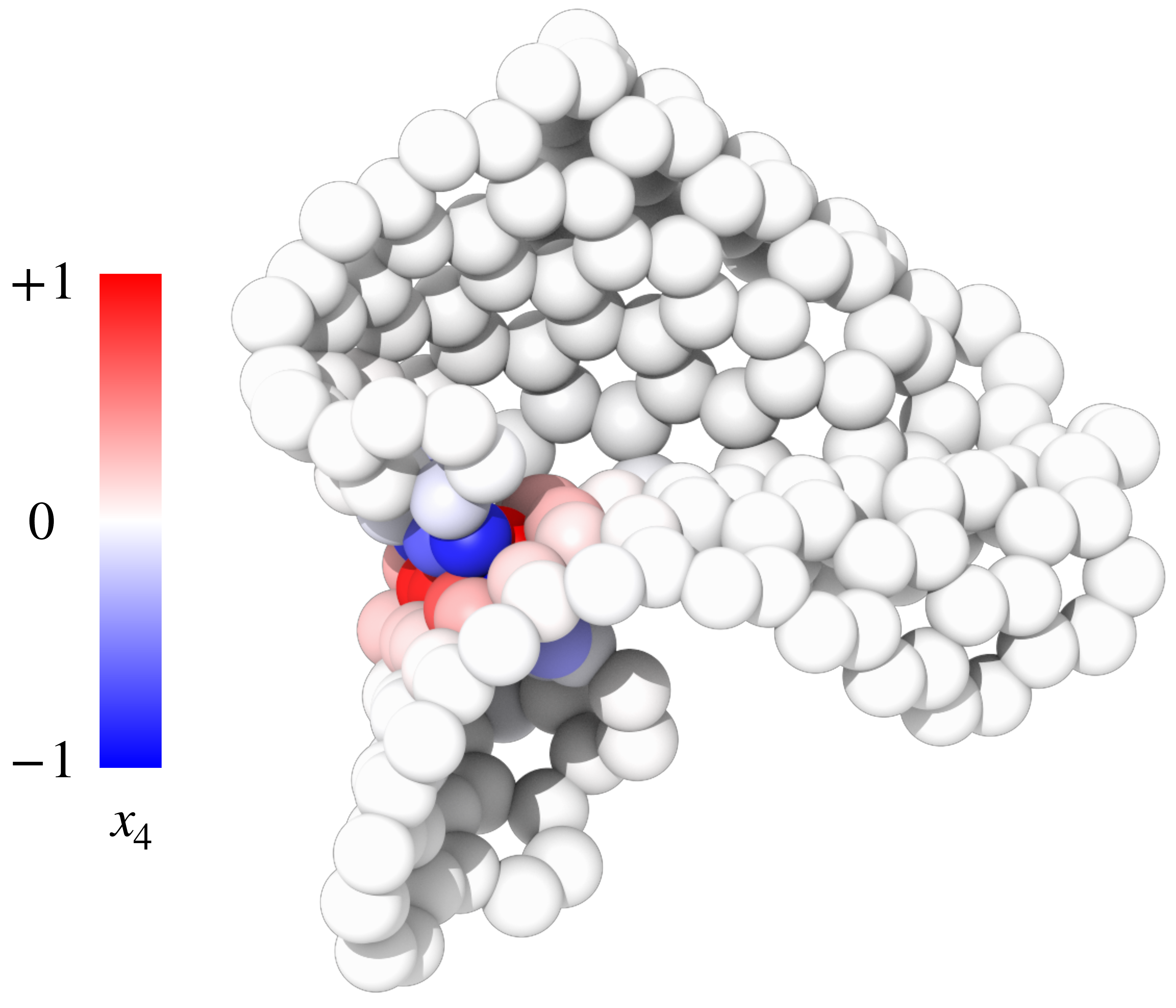
Submitted by Administrator on Thu, 07/02/2019 - 16:23
Techniques which predict crystal structure are a mainstay of modern materials science. A key ingredient in these techniques is the optimisation of candidate structures, which then reveal local energy minima. Optimisations are typically carried out in ordinary 2-dimensional space (for 'flat' materials like graphene), or in 3-dimensional space (for bulk materials). In the case of methods like ab initio random structure searching (AIRSS), a sufficiently dense sampling of local minima then reveals the global energy minimum - and likely crystal structure - of a material.
However, it is well known that local optimisations can run the risk of becoming 'trapped' in sub-optimal high energy configurations. This usually occurs because of energy barriers which prevent a structure from rearranging into a more optimal configuration.
Writing in Physical Review B, Chris Pickard (University of Cambridge, Tohoku University) shows that adding extra dimensions to local optimisations can greatly enhance their efficacy. These additional dimensions allow structures to circumvent energy barriers that would otherwise be too large to overcome in ordinary 2- or 3-dimensional space. This technique - GOSH (geometry optimisation of structures from hyperspace) - gives significantly improved efficiency in structure prediction techniques that use stochastic sampling.
The article was published online on 6 February 2019 as an Editor's Suggestion, with an accompanying Synopsis in Physics.
Hyperspatial optimization of structures
Chris J. Pickard
Editor's suggestion in Physical Review B, 99, 054102 (2019)

